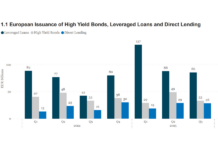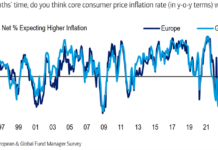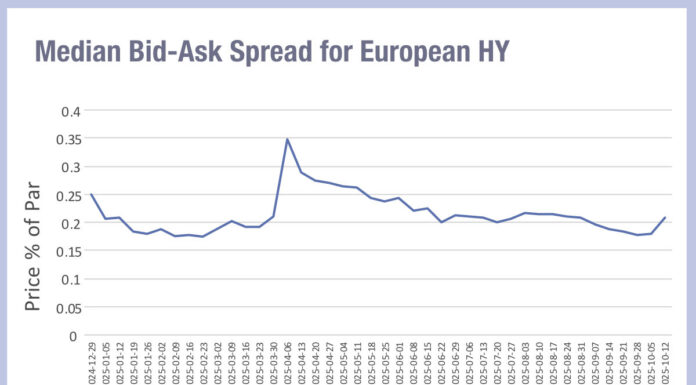By Evan Brown, head of Multi-Asset Strategy, UBS Asset Management.
When the top policymakers in the world’s two largest economies are determined to support economic growth, it pays to listen. The Fed kicked off its easing cycle with a 50 basis point cut. A week later, China’s Politburo delivered a forceful message that fiscal policy will be engaged to reduce downside risks to growth, notably by directly supporting the Chinese consumer in earnest for the first time under President Xi. While there remain lingering concerns on US labour market momentum and policy implementation in China, we would not underestimate renewed policymaker resolve to cut off the left tail on domestic and effectively global growth. We believe that there is further room for markets to price out recession risk across asset classes.
An inflection point for China
Until last week, China’s stimulus measures have been woefully inadequate to cushion the economy against ongoing deleveraging in the property market and deflationary pressures. The underlying economy has suffered from low private sector confidence, which policymakers had been reluctant to support in full, amid a preference to direct resources at the supply side (infrastructure investment) over demand side (consumption) of the economy.
That said, the coordinated set of monetary and fiscal policy announcements last week designed to support the housing market, capital markets and the consumer do signal a shift in strategy from the government to revive sentiment and dynamism in the private sector. In the spirit of listening carefully when policymakers speak, we note that the September Politburo, which was the first unscheduled meeting of China’s top economic policymakers since the depths of COVID in March 2020, used forceful and focused language on steps to revive the economy.
While there are many details to be ironed out, including questions on the size and scope of fiscal support, we think the shift in language signals a genuine turn in China’s policymaking reaction function. There is a clear message to address downside risks, and potential for additional stimulus measures announced in coming weeks.
Defensives at risk
Policy shifts from the Fed and Politburo come just as investors had started to send a wave of money towards more defensive assets. Regionally, we have downgraded US Treasuries from overweight to neutral as the US economy looks resilient. The more proactive the Fed is today, the less they will need to ultimately deliver further out in time.
In equities, we have upgraded China and emerging markets, which remain attractively valued even after China’s stimulus announcements. While European equities should also receive some boost from China’s stimulus, particularly exporters of luxury goods, Germany’s economic weakening and ongoing manufacturing headwinds keep us underweight. US equities remain overvalued, but we see further upside for more cyclical sectors versus defensives.
More broadly, we favour overweights to Asia and European credit, where there is more attractive carry than in US credit. We also are long the Brazilian Real and South African Rand, which offer carry and further potential upside as China reduces global growth risks. Our overall position in duration is neutral, but we remain short JGBs as the market continues to underprice the further tightening we expect from the Bank of Japan.
©Markets Media Europe 2025













